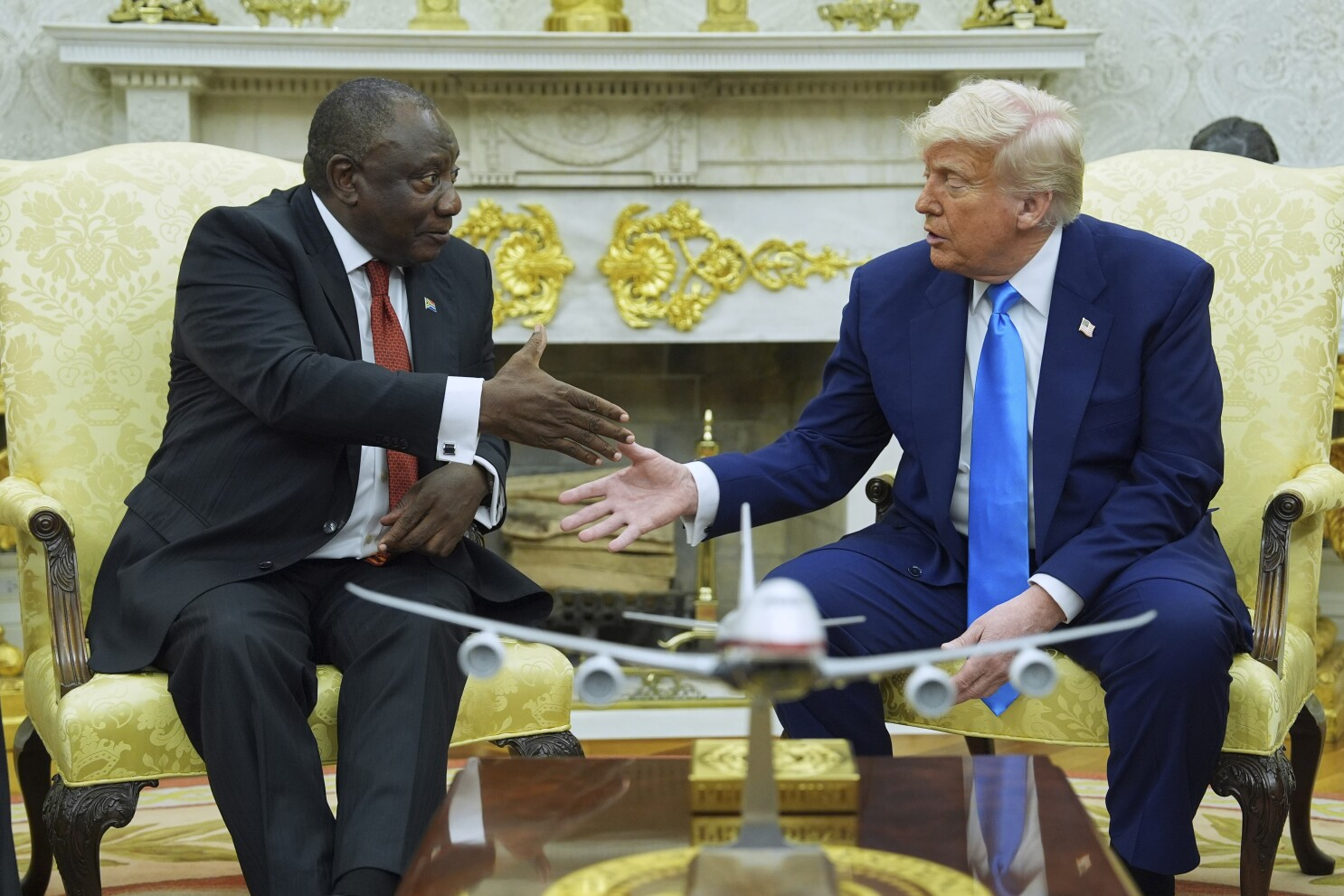Zimbabwe Park to Cull 200 Lions, Cites Lack of Hunters
One of Zimbabwe’s largest wildlife reserves, the Bubye Valley Conservancy, recently announced that it was considering culling up to 200 lions as the cats have become increasingly overpopulated. The wildlife reserve said its current population of around 500 lions is unsustainable due to the dramatic decline in hunters, possibly caused by the controversy over Cecil, a lion killed near Hwange National Park last year.
Bubye officials say that without hunters to help manage the lion population, they are considering either hiring marksmen to shoot some of the animals, or capturing them and donating the cats to other reserves. Bubye has historically held one of the largest lion populations in Zimbabwe.
Hunters traditionally helped to keep lion numbers in check, as well as bringing a much needed financial boost to the park. However, officials are now blaming something they call the “Cecil effect” for the lack of hunters. In 2015, the hunting of a black-maned lion named Cecil by an American dentist, Walter Palmer, drew international outrage after the Zimbabwe government accused Palmer of poaching.
The charges were later dropped, but activist groups continued to target big game hunters in Africa and urged many governments, including Zimbabwe, to close their borders to hunters. This is despite the fact that many conservationists have long agreed that hunters are needed to not only manage wildlife populations, but also provide the funds to protect the same species they hunt.
Game species are not the only wildlife that hunters benefit. According to the Bubye Valley Conservancy, it is funds from sportsmen and women that allowed it to create its rhino conservation project, which manages the third largest population of black rhinos in Africa.







